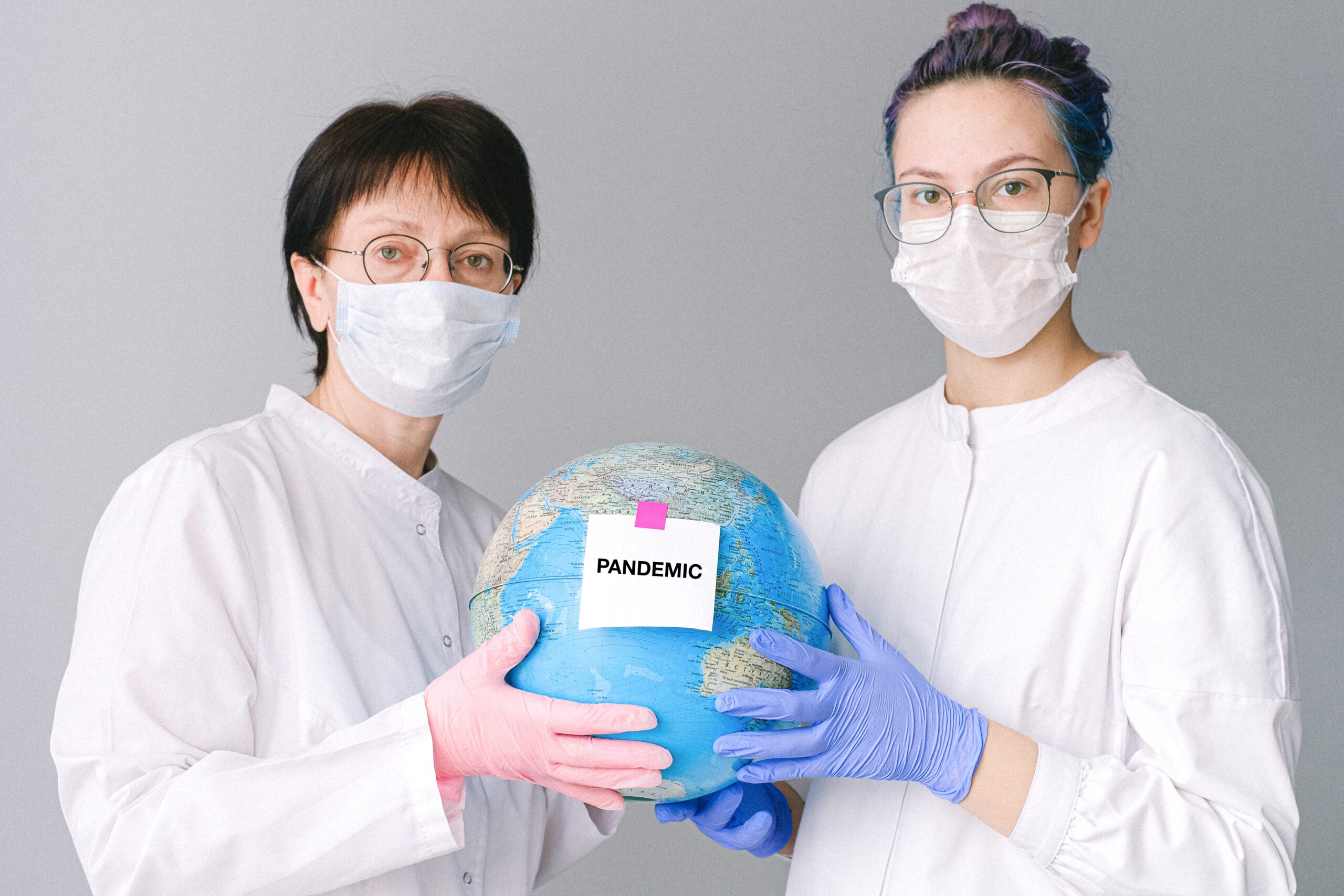Conjunctivitis (Pink Eye): Causes, Precautions, Risks, and Treatment
Introduction:
Across the nation, the number of eye flu cases is steadily rising. Almost every resident of the house is becoming ill one after another. Eye specialists are responding to many of these queries, including: why have cases of eye flu or conjunctivitis suddenly increased in India; what are the ways to prevent this; and, if someone in the house has this problem, how to treat it.
Conjunctivitis, commonly known as pink eye, is an inflammation of the thin transparent layer of tissue that covers the front of the eye. It can be caused by various factors, including viruses, bacteria, allergies, irritants, and dry eyes. In this article, we will explore the dangers of conjunctivitis, precautions to take, the risks of not treating it, and available treatments.
- Symptoms of Conjunctivitis:
- Redness and inflammation of the eye
- Itchiness and irritation
- Watery or sticky discharge
- Gritty sensation or foreign body sensation in the eye
- Sensitivity to light
2. How Dangers is Conjunctivitis:
- Conjunctivitis can cause redness, soreness, and inflammation of the eye.
- It may lead to itchiness, watering of the eyes, and a sticky coating on the eyelashes.
- In severe cases, conjunctivitis can affect vision and cause intense redness in one or both eyes.
3. Precautions to Take:
- Practice good hygiene by washing hands frequently, especially before touching the eyes.
- Avoid touching or rubbing the eyes, as it can worsen the condition and spread the infection.
- Use separate towels, pillows, and eye makeup to prevent cross-contamination.
- Avoid sharing personal items like eye drops, contact lenses, or eye makeup with others.
4. Risks of Not Treating Conjunctivitis:
- Untreated conjunctivitis can lead to complications such as corneal ulcers or infections.
- It can cause discomfort, pain, and prolonged symptoms.
- In some cases, conjunctivitis can be highly contagious and easily spread to others.
5. Treatment Options:
- Treatment for conjunctivitis depends on the underlying cause.
- Viral conjunctivitis usually resolves on its own, and treatment focuses on symptom relief.
- Bacterial conjunctivitis may require antibiotic eye drops or ointments prescribed by a healthcare provider.
- Allergic conjunctivitis can be managed with antihistamine eye drops or other allergy medications.
Conclusion:
Conjunctivitis, or pink eye, is an inflammation of the thin tissue that covers the front of the eye. It can be caused by various factors and requires proper precautions and treatment. Taking precautions, such as practicing good hygiene and avoiding eye rubbing, can help prevent the spread of conjunctivitis. Prompt treatment is essential to alleviate symptoms, prevent complications, and reduce the risk of spreading the infection to others. If you experience symptoms of conjunctivitis, consult a healthcare professional for an accurate diagnosis and appropriate treatment.



